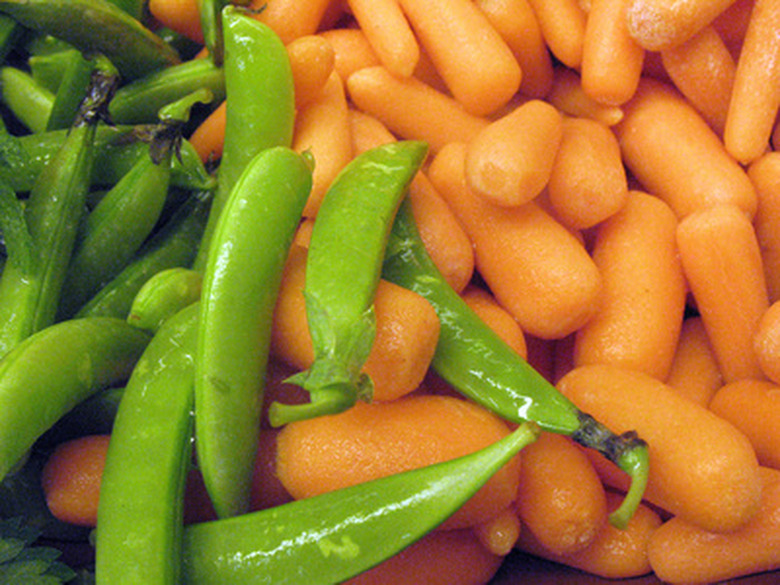Vegetables To Grow In Southern Idaho
Idaho has the reputation of being a potato-growing state, but plenty of other vegetables are grown in this mountainous, landlocked area in the Pacific Northwest, including in southern Idaho. USDA hardiness zones 3 to 6 prevail, which allows gardeners to grow several crops hardy to those regions. But keeping a watchful eye on forecasts and having protective measures at the ready is essential because maritime weather influences are still a factor, thanks to the Pacific Ocean to the west. More summer precipitation and dryer winter conditions can also characterize the southern part of the state.
Carrots
Plant seeds in the spring two weeks before the last average spring frost date; young carrot seedlings can tolerate light frosts. Use plastic wrap to promote seed germination and retain soil moisture by placing it over the carrot seed rows. Remove the wrap as soon as seedlings begin to emerge or they will die. Provide consistent moisture for these root vegetables.
- Idaho has the reputation of being a potato-growing state, but plenty of other vegetables are grown in this mountainous, landlocked area in the Pacific Northwest, including in southern Idaho.
- Use plastic wrap to promote seed germination and retain soil moisture by placing it over the carrot seed rows.
Leaf Lettuce
Sow lettuce seeds in well-drained soil. Depending on which hardiness zone you live in, plant lettuce seeds up to one month before the average last spring frost date in southern Idaho, when the soil's surface is dry enough to rake. Grow leaf lettuce in full sun or partial shade, including in the shade of taller, warm-season crops; leaf lettuce is more tolerant of summer heat than other lettuce varieties. Water lettuce regularly and remove any weeds that grow around the plants.
Tomatoes
Grow quick maturing tomatoes to lessen the danger of plants dying due to nighttime temperatures that can become too cool in the more elevated regions of southern Idaho. Add about 15 days to the average plant maturation time line, which is consulted when growing these warm-season crops in climates that are more temperate. Plant tomatoes in an area that receives full sun and that has well-drained soil. Avoid planting tomatoes in areas with structures that prevent cold air from flowing away, but use heat-holding structures that can keep temperatures warmer at night.
- Sow lettuce seeds in well-drained soil.
- Add about 15 days to the average plant maturation time line, which is consulted when growing these warm-season crops in climates that are more temperate.
Peas
Plant peas in the spring as soon as the soil is dry enough to be worked, about six to eight weeks before the last frost is predicted. Grow them in moist, well-drained soil. Plant them in rows about 6 to 8 inches apart and support them with short trellises as they grow. Successively plant them every 10 days to lengthen the harvest season. Rotate the location of pea plants annually to reduce the chances of them contracting soilborne diseases.
